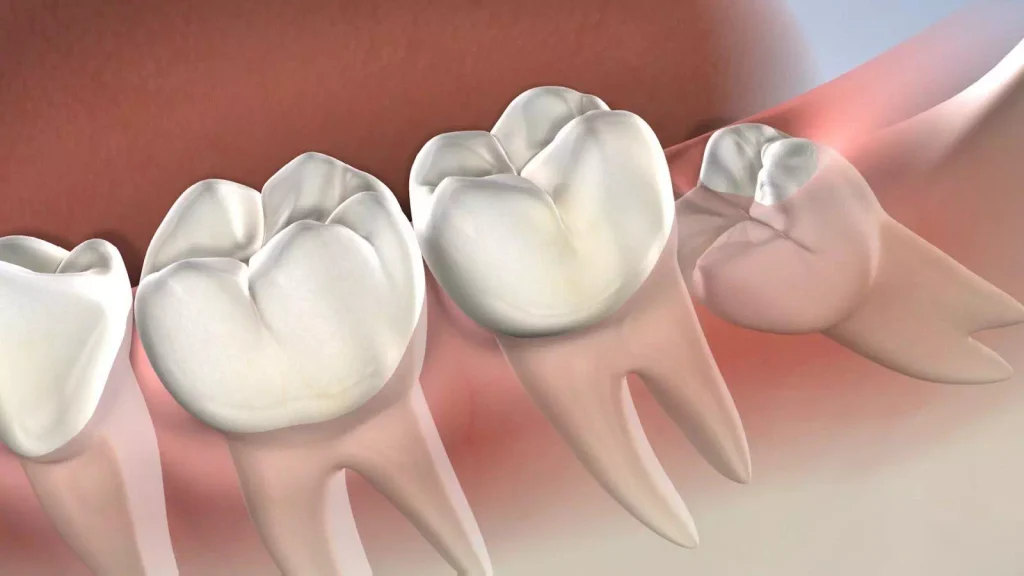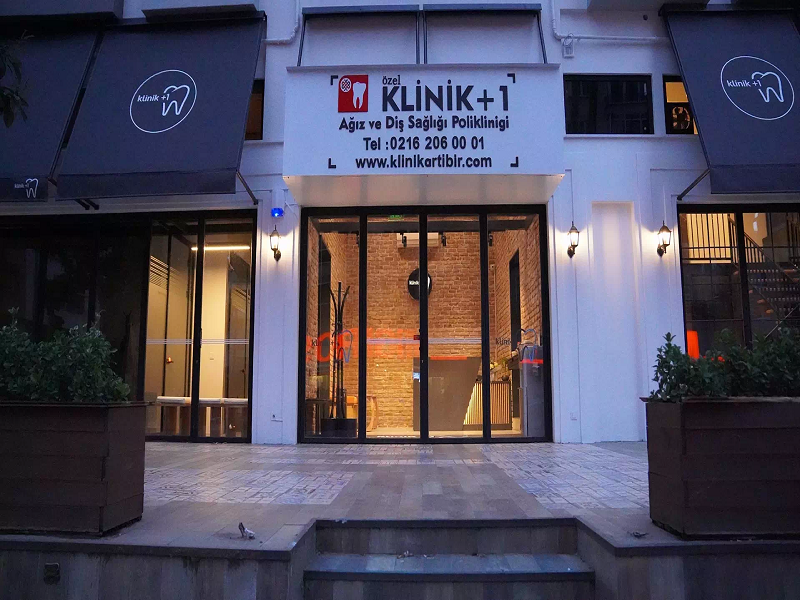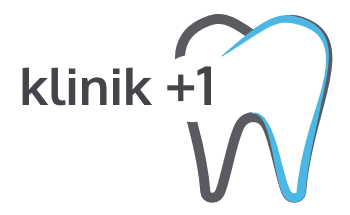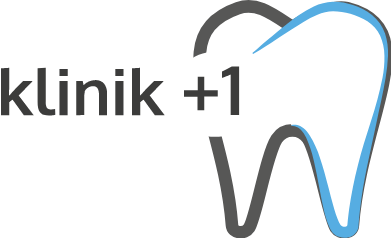Impacted Tooth Extraction

Teeth that are completely or partially under the gingiva are removed by impacted tooth extraction. Canines, premolars and wisdom teeth may remain under the gums during the development period. These teeth are called impacted teeth. Teeth that cannot be intervened with orthodontic treatment should be extracted by an oral surgeon.
When should the impacted tooth be extracted? Wisdom teeth are located at the very back of the oral cavity. The care and hygiene of wisdom teeth are difficult.
What are the Symptoms of Impacted Tooth?
If you feel the following symptoms at the very back of the oral cavity, you may have a problem with an impacted tooth.
- Severe toothaches
- Swelling of the gums
- Having frequent bleeding in the gums
- Bad breath
- Swelling around the chin
- Headaches
Wisdom teeth are cannot come out completely due to some jaw anatomy. The impacted tooth also leads to various infections. Due to the impact of the wisdom tooth, redness, swelling, pain in the neck and during swallowing may occur around the impacted tooth.
The reason why the tooth remains impacted is the effort of the tooth under the gum to grow sideways. As a result of this, various pains can come out by pressing on the side teeth. The dentist may decide to extract the tooth pressing on the side teeth.
What Happens If Impacted Tooth Is Not Treated?
In order to ensure effective oral and dental health, the impacted tooth must be treated in a short time. Impacted tooth treatment can be neglected from time to time.
- With the impacted tooth treatment, tooth loss can be prevented
- Tooth decay is prevented
- Tumor or cyst formation in the mouth can be prevented
- Helps to establish a healthy tooth alignment
- Providing clean teeth, bad breath can be prevented
How to Extract an Impacted Tooth?
There are different scenarios and extraction methods in the extraction of impacted teeth. Conditions such as the impact of the impacted on other teeth, the impact level of the tooth in the bone, and the anatomical deformity of the tooth are issues to be considered.
The damage to the tissues around the tooth during the application is also one of the issues to be considered. Impacted tooth extraction is performed with local anesthesia. Alternatively, the extraction of the impacted tooth by anesthetizing is among the alternative methods. Wisdom teeth should be extracted as young as possible. If this application is made at a young age, the risk of infection is much less and the recovery period is shorter.
Complications After Tooth Extraction
Impacted tooth extraction takes place with an intense application of force. First of all, the gingiva, where the tooth is impacted, is opened with a scalpel and the impacted tooth is exposed. After the eruption of the tooth, the tooth is extracted. After the extraction process, the tooth is left to heal by suturing.
During the process, various bruising and pain may occur around the tooth. At first, such situations are considered normal and are part of the healing process. However, if the bruising and swelling continue to increase, the pain can be reduced with mild painkillers or ice application. There are some factors to pay attention to after tooth extraction.
- For 24 hours, food should not be eaten with the operated side.
- The tampon applied to the area where the extraction was performed should not be removed for 30 minutes.
- No objects should enter the space formed after the tampon is removed.
- You should not eat or drink anything for two hours after the operation.
- After the hours, only soft and liquid foods should be consumed.

Dental Treatments
- Teeth whitening
- Gum Aesthetics
- Braces (Orthodontics)
- Teeth cleaning (Scaling Removal)
- Impacted Tooth Extraction
- Smile Design (Holywood Smile)
- Implant
- Root Canal Treatment
- Composite Laminate
- Laminated Teeth
- Porcelain Veneer
- Milk Tooth Extraction
- Transparent Plaque Orthodontics (invisalign)
- Zirconium Veneers
Contact us
Social Media

Request an Interview
Contact us now about Clinic +1 and all other issues, start receiving expert support.

